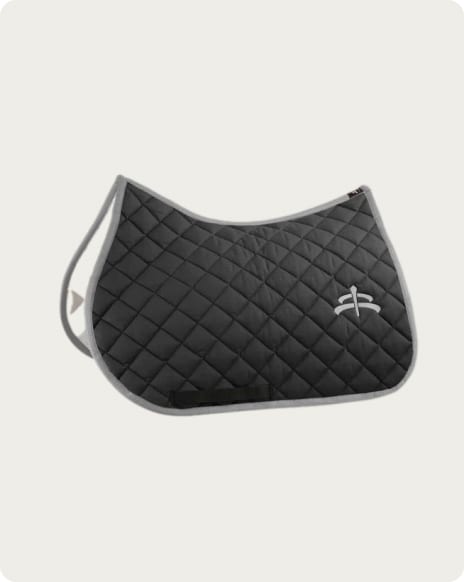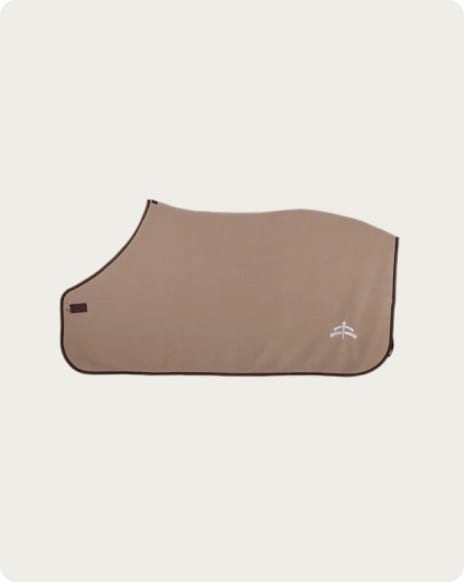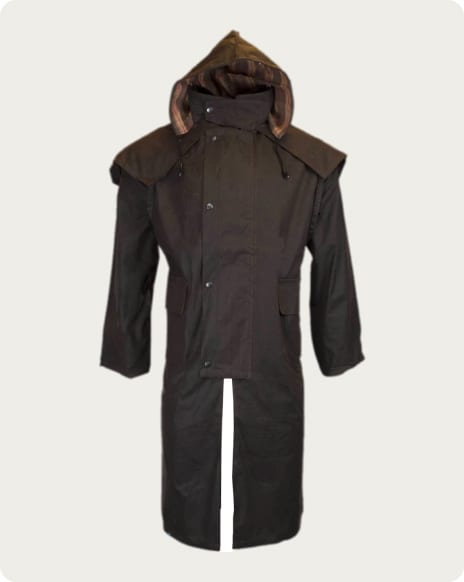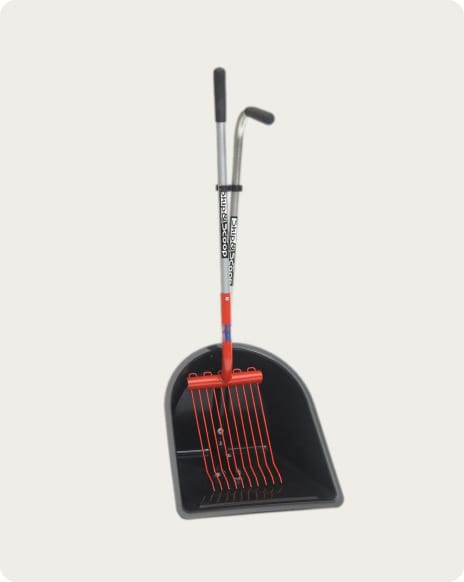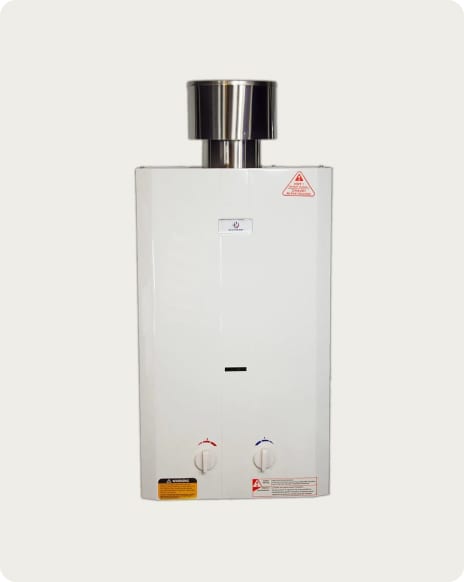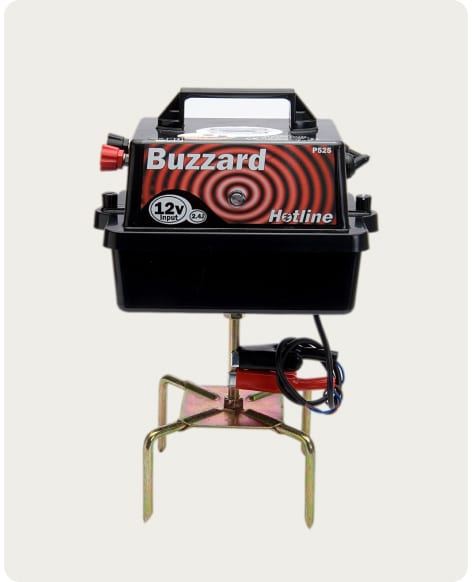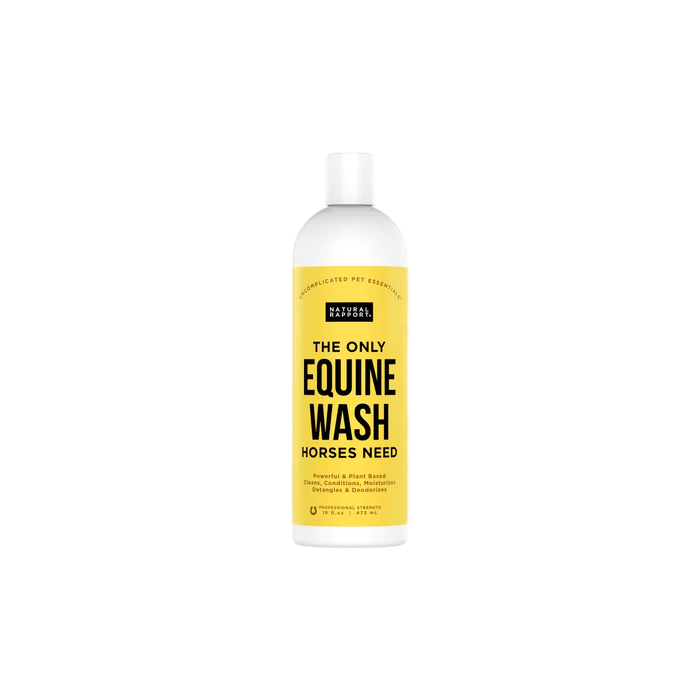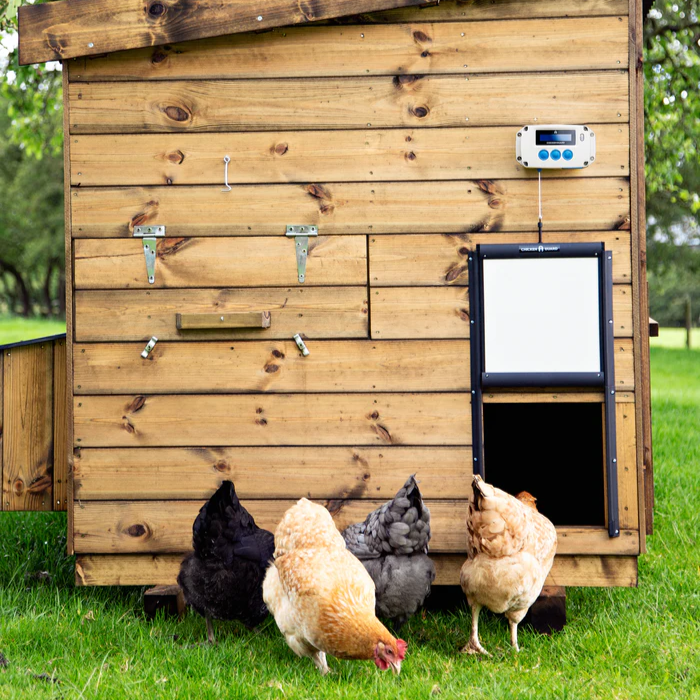The curiosity of livestock, particularly horses, seeking excitement beyond their fencing parameter is the norm, but somewhat annoying phenomena destroying many secure fence posts!
The best solution to your runaway animals and for horses? Mains electric fence energisers.
An energiser can help turn these different sources of energy - like solar powered, battery, or mains into electric surges, pushing them down your fence line and protecting your animals—or keeping them from escaping.
With a hefty range available to buy online in the UK, we only stock the best brands such as Hotline; as their mains powered energisers are widely considered to be the most effective electric fencing solution to ensure that your livestock is kept securely without fear of predator access.
Hotline Electric Fencing UK supplies a range of quality products needed for the construction of an electric fencing system, including 12v battery energisers, which have a 3-year warranty.
Mains Energisers: An Overview
Through being connected to a consistent power source, mains powered energisers are low maintenance and very cost effective when compared to alternative energisers. Since they have such a solid reputation, mains energisers are most suited for permanent fencing.A mains energiser system works by plugging the energiser into the supply and running a cable to a 2m earth stake and then onto the fence to power it. For permanent fences, a mains energiser should not have less than 0.5 Joule stored energy.
Although the ground only takes up 50% of the electrical circuit, 90% of the problems with energisers are due to issues with the earth. To avoid getting into this mess, try to use either copper, stainless steel or galvanised steel rods to stake them in the ground and try to keep the earth underneath consistently moist.
Pros & Cons of Mains Powered Electric Fence Energisers
Although there are a few different options out there for your fence energisers, if you choose to go with a mains electric fence energiser, you‘ll love these features:Advantages
- Low maintenance: since they are connected to a mains power supply, once set up, the mains energiser will not be difficult to maintain thereafter. As mentioned before, the majority of issues with mains energisers are due to poor earthing beneath during initial set-up. However, easily rectified, all you need is moist earth (this isn’t exactly hard in England), and a consistent power supply. If you have those two things, mains energisers trump solar and battery-powered energisers because of the consistent access to power supply.
- Cost effective: ranging from £50-£130 for a one-off purchase, mains energisers display fantastic value for money, making it a worthwhile investment. Since the power supply is consistent - there is no need for replacing a heavy battery (every 6-18 weeks). Mains energisers ensure a constant and consistently powerful voltage to your fencing compared, especially when compares to alternative energisers.
- Reliable performance: alternative energisers such as solar power require favourable conditions in order to provide a power supply to the fence. This is not the case with mains energisers, which can provide a consistent power supply throughout the year—without any kind of worry about the weather.
- Powering long distances: for landowners wanting an electric fence enclosure running for several miles, mains energisers are the only energiser to reliably cover such a vast distance. A good tip is to always choose a more higher-powered energiser than you think is required for your land. This ensures you can meet any unexpected challenges with your fencing, such as overgrown vegetation. This leaves you with the possibility of expansion.
Disadvantages of Mains Electric Fence Energisers
- Not portable: mains power supply is virtually immovable. Therefore, if your land is not located in the near vicinity of a mains supply it will be very difficult to utilise a mains energiser. Battery and solar-powered energisers do have the movability and versatility that mains energisers lack. Especially if you are looking to give your livestock a rotational new view throughout the year, moving the enclosure to a new grazing area would be more problematic with a mains energiser.
- Reliant on a solid power connection: without a secure power connection, a mains energiser has no alternative processes to gain power supply to transmit to the fencing. Therefore, in areas with an intermittent power supply, a mains energiser causes more problems than it does solutions.
How to Choose The Best Mains Electric Fence Energiser for Horses?
Let's state the obvious: horses are large. For a fence to be able to hold a 1000 kg animal, the voltage needs to be at a sufficiently high level and constantly transmitted. While some owners worry that electric fencing may stress their four-legged friends, research from Rupert Bruckmaier at the University of Bern, Switzerland, concluded: electric fencing does not cause any undue stress or harm to a horse.
Comparing horse behaviour in an electric fenced and rail fenced paddocks, the researchers concluded that cardiovascular, endocrine and behavioural patterns were similar in both paddocks. The only difference is that the researchers observed that horses use less of the available area in the electrically fenced paddock when grazing, avoiding the areas nearest to the electric fence.
Selecting the Most Suitable Mains Energiser
There are a number of features you need to consider before selecting the most appropriate energiser for your electrical fence.
Total Length of Your Fence
The length of your fence will definitely determine how much fence you‘ll need and what type of energiser you‘ll need to be able to protect your livestock efficiently. Knowing this formula before you head out on the market to purchase fencing for your livestock is extremely vital to the process.
Resistance of Fencing Type
Depending on the type of animal you‘re holding within, the amount of resistance required through the fencing will change. With wire fencing, steel wiring has a much higher resistance than aluminium wiring and therefore requires a much stronger charge. It is important to note the relative resistances of your fencing type equate that to the relative strength of the energiser. It is worth noting that all poly materials (wire, tap & rope) have a low resistance. So, make sure both the type of fence and charge given will be efficient when holding specific types of livestock.
Types of Animals
Stronger animals (such as horses and cattle) require a much stronger shock than smaller animals like poultry, sheep, and goats. Therefore, the fence that contains them will need a higher voltage charge. To avoid an ineffective electrical fence or unintended deaths of livestock due to an excessive electrical shock, the relative size of your animal must be strongly considered before purchasing a mains energiser.
Future Technological Development
It is always important to consider the long-term viability of an electric fence energiser before purchasing one. You‘ll want to be investing in the future, not just in the here and the now. It is important to look at the warranty on an offer for mains energisers as technological advances may provide more powerful and lower cost mains energisers over time.




